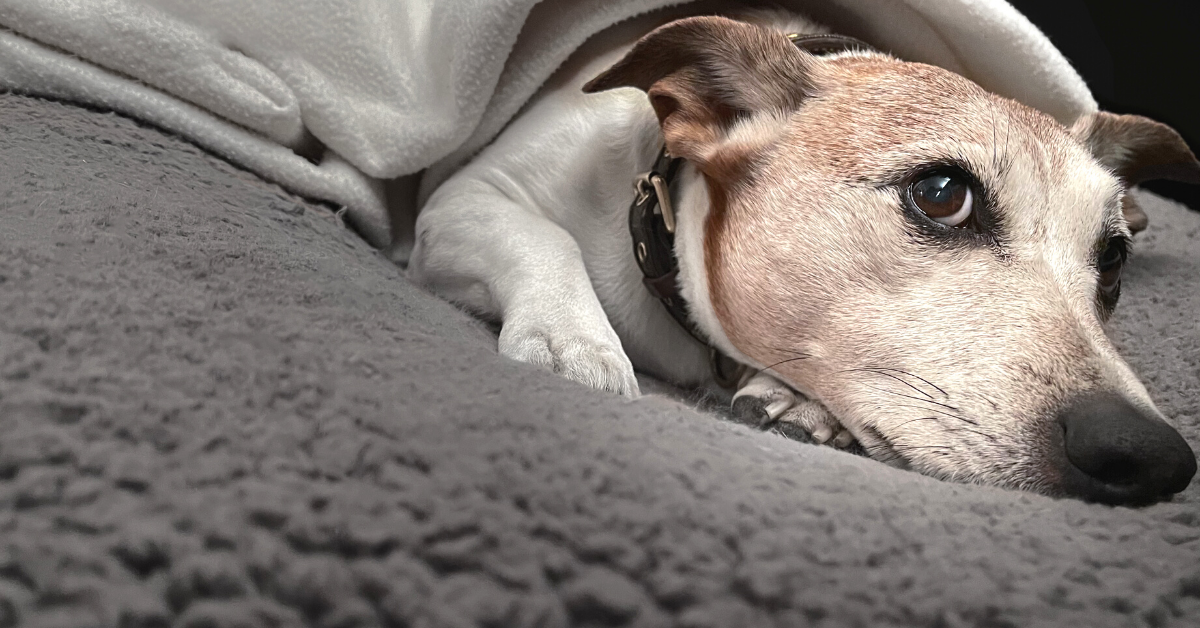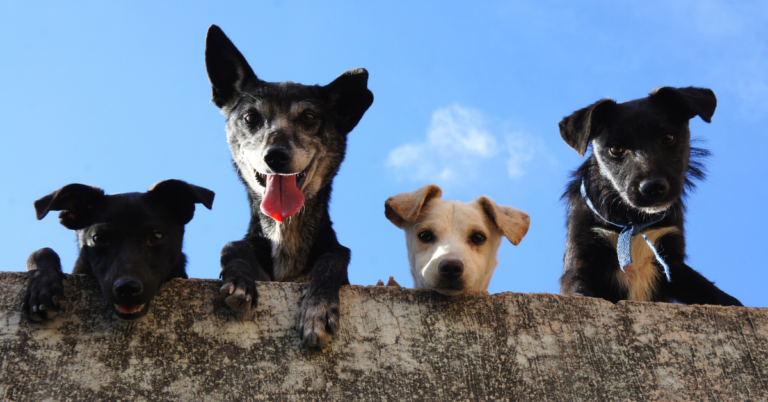What Are Hookworms in Dog?
Reviewed by Lauren Cannon, DVM
Hookworms in dog are similar to tapeworms and roundworms. They are intestinal parasites that grow in your dog’s digestive tract.
The hookworm clings to the intestinal lining and feeds on the blood of your dog. Its eggs are discharged into the digestive tract and then released into the environment via your dog’s stool.
We will talk more about hookworms in dog, their life cycle, signs, treatment, and how you can prevent your dog from being infected by a hookworm.
What Are Hookworms in Dog?

Hookworms (Ancylostoma caninum, Ancylostoma braziliense, Uncinaria stenocephala) are intestinal parasitic worms that attach to the lining of the intestinal wall with hook-like mouthparts.
They’re just about 1/8″ (2-3 mm) long and so little that seeing them with the naked eye is difficult. Despite their small size, they consume a substantial amount of blood from the intestinal wall’s tiny blood vessels.
A huge number of hookworms in the dog’s intestine can induce inflammation and a life-threatening drop in the quantity of red blood cells (called anemia).
Although anemia is more frequent in pups, it can also affect older dogs. In warm, damp conditions, hookworms are more common.
Infection is worsened by overcrowding and poor sanitation.
Hookworms can be transmitted to dogs through one of four routes: orally, penetrating the skin, through the placenta of the mother before birth (in utero), or through the mother’s milk.
Hookworm Life Cycle
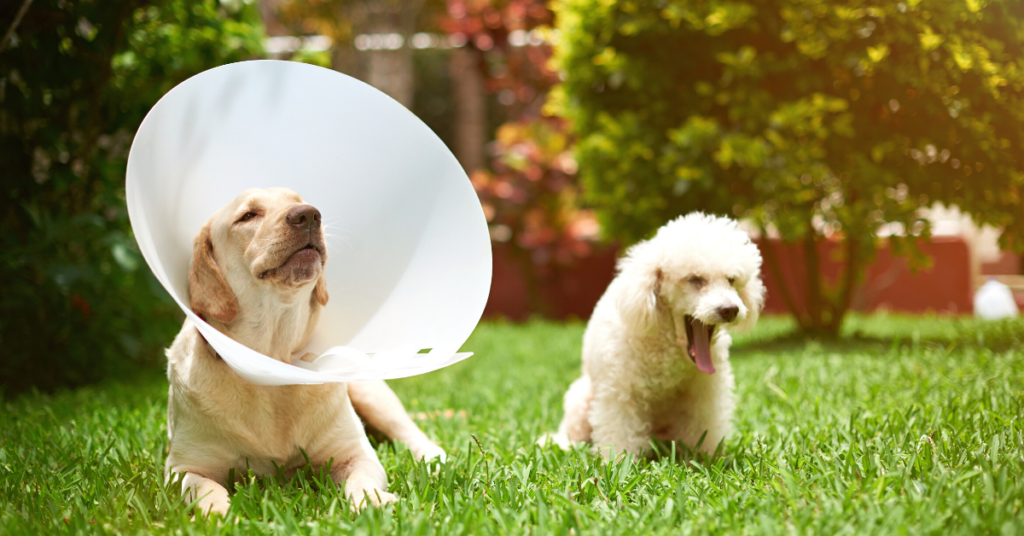
In the dog’s intestine, adult male and female hookworms mate. The female worm subsequently produces a significant number of eggs per day, which are released into the environment through the feces.
Larvae hatch from the eggs and can live in the soil for weeks or months, infecting other organisms.
A dog can become infected by swallowing hookworm larvae accidently while brushing its feet, or by sniffing excrement or contaminated dirt.
The majority of eaten larvae will complete their life cycle in the intestine. Several larvae may enter the trachea (windpipe), where they are coughed up and ingested.
If the dog walks or lays on polluted ground, the larvae may burrow into the skin. The larvae move to the lungs and trachea once inside the host’s body.
The larvae are then coughed up and swallowed by the dog, where they grow, suck blood, and finish their life cycle in the intestinal tract.
The hookworm’s life cycle includes migration into muscle tissues, where they may lay dormant (alive, but temporarily inactive).
If a pregnant dog has previously been infected with hookworms, the pregnancy may revive dormant larvae, which then enter the female’s bloodstream and infect the puppies in the uterus (prenatal infection).
Puppies can also get infected through the mother’s milk (transmammary) during nursing after they’ve been born.
Prenatal and transmammary infections are two of the most common ways for puppies to become infected.
Symptoms of Hookworm in Dogs

Infected dogs suffer from Intestinal discomfort and anemia. The parasites attach to the gut tract in order to feed on tissue fluids and blood, injecting an anti-coagulant chemical to keep the blood from clotting.
After the hookworm has separated from the feeding site, this can result in persistent bleeding.
As a result of the hookworm’s feeding, the dog may experience blood loss as well as persistent leaking into the gut from the attachment sites, resulting in anemia.
Anemia is characterized by pale gums and weakness. With hookworm infection, some dogs develop considerable weight loss, bloody diarrhea, a dull and thin hair coat, or failure to grow appropriately.
Young puppies are frequently killed by severe hookworm infestations. Coughing can also be seen in dogs in severe circumstances.
Skin irritation and itching, especially on the paws, can be symptoms of a severely infected environment, as larvae burrow into and along the skin.
Diagnosis of Hookworm in Dogs
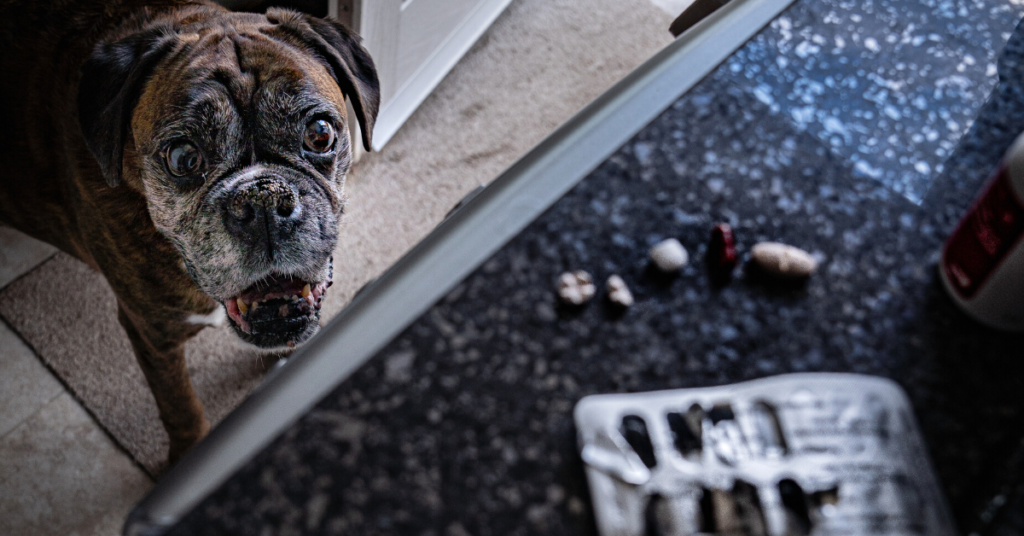
Hookworms are detected via a procedure known as fecal flotation, which involves examining a stool sample under a microscope.
The stool is mixed with a solution that induces parasite eggs to float to the top of the solution and stick to the surface of a glass slide.
Hookworm infections are easy to identify since many eggs are generated everyday and the eggs have a distinct look.
Hookworm larvae require 2-3 weeks to grow and begin generating eggs. As a result, fecal examination in very early puppies may be less trustworthy than in adult dogs.
Because adult hookworms are tiny and firmly attached to the intestinal wall, they are rarely discovered in stool.
Treatment of Hookworm in Dogs
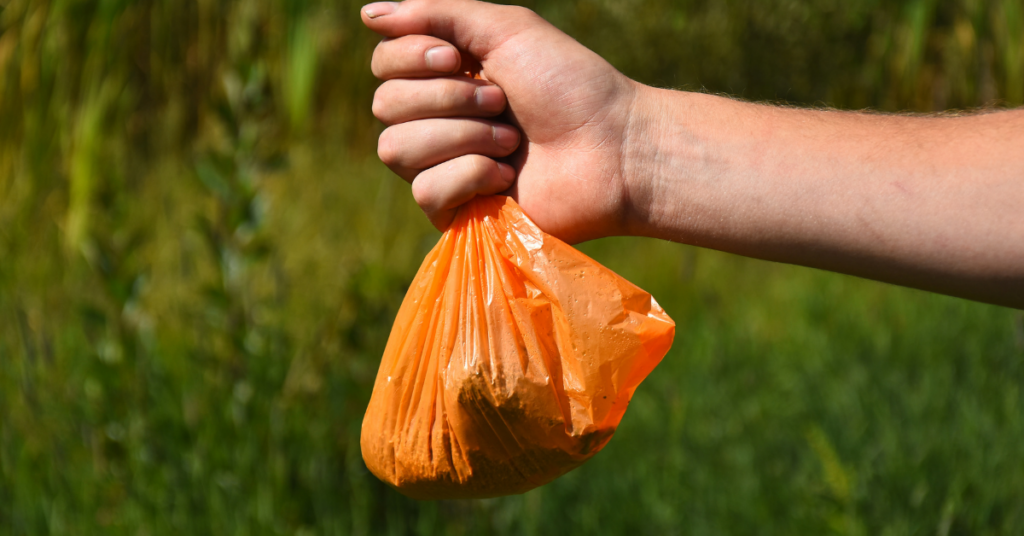
Antihelmintics are a class of medications that can be used to treat hookworms. The majority of medications are taken orally and have minimal, if any, negative effects. These medications, on the other hand, only kill adult hookworms.
As a result, an infected dog must be treated again in two to four weeks to eliminate any newly produced adult worms that were larvae during the initial treatment.
In dogs with severe anemia, a blood transfusion may be required in rare circumstances.
At two to three weeks of age, all puppies should be treated with a veterinary-approved anthelmintic.
In addition, if parasites are discovered, urgent deworming should be administered. Deworming on a regular basis may be necessary for pets who are at high risk of infection.
Prevention of Hookworm in Dogs
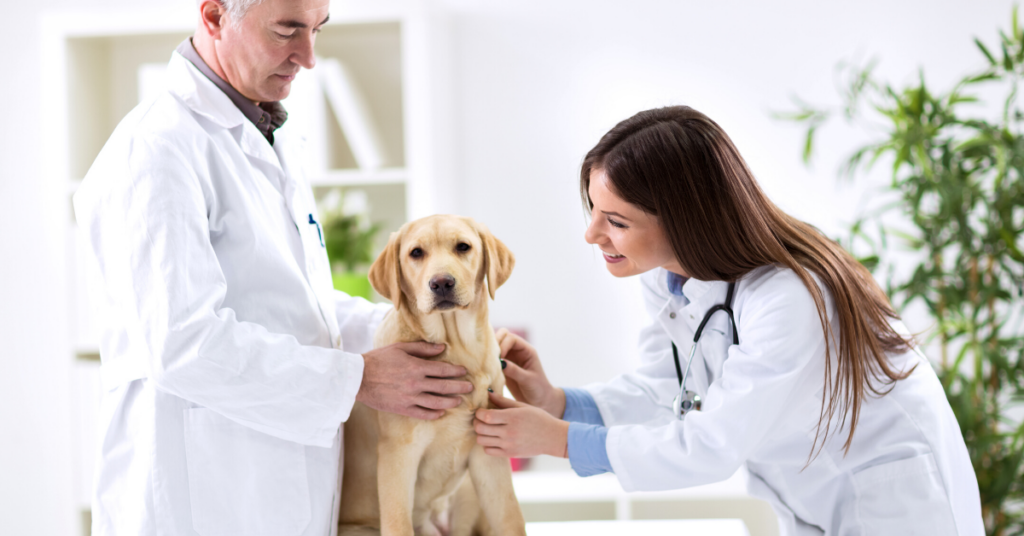
Because hookworm eggs and larvae can be found in the environment of your dog, it is vital that you remove any feces from your yard as soon as possible, to prevent hookworms in dogs.
Hookworm larvae may survive for weeks in cool, damp soil, but not in extreme cold or hot, dry conditions.
Put the feces in plastic bags and throw them away in your trashcan while wearing gloves. There are presently no certified solutions on the market to get rid of hookworm larvae in your yard.
The easiest way to avoid hookworm infection is to remove feces from your yard on a regular basis and to give your pets a monthly heartworm preventive that also protects them from hookworm.
When to See a Veterinarian
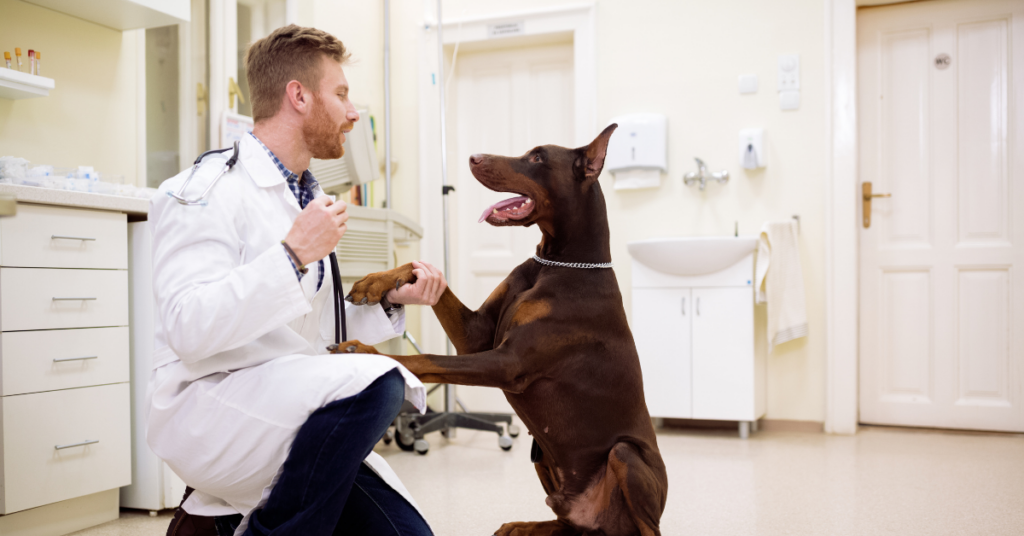
If you notice signs on your dog like pale gums, weakness, weight loss, blood in stool, diarrhea, or itching, it’s time to call your veterinarian.
Your veterinarian will be able to diagnose your dog properly, and give your dog the required treatment, so they can live a long and healthy life.

